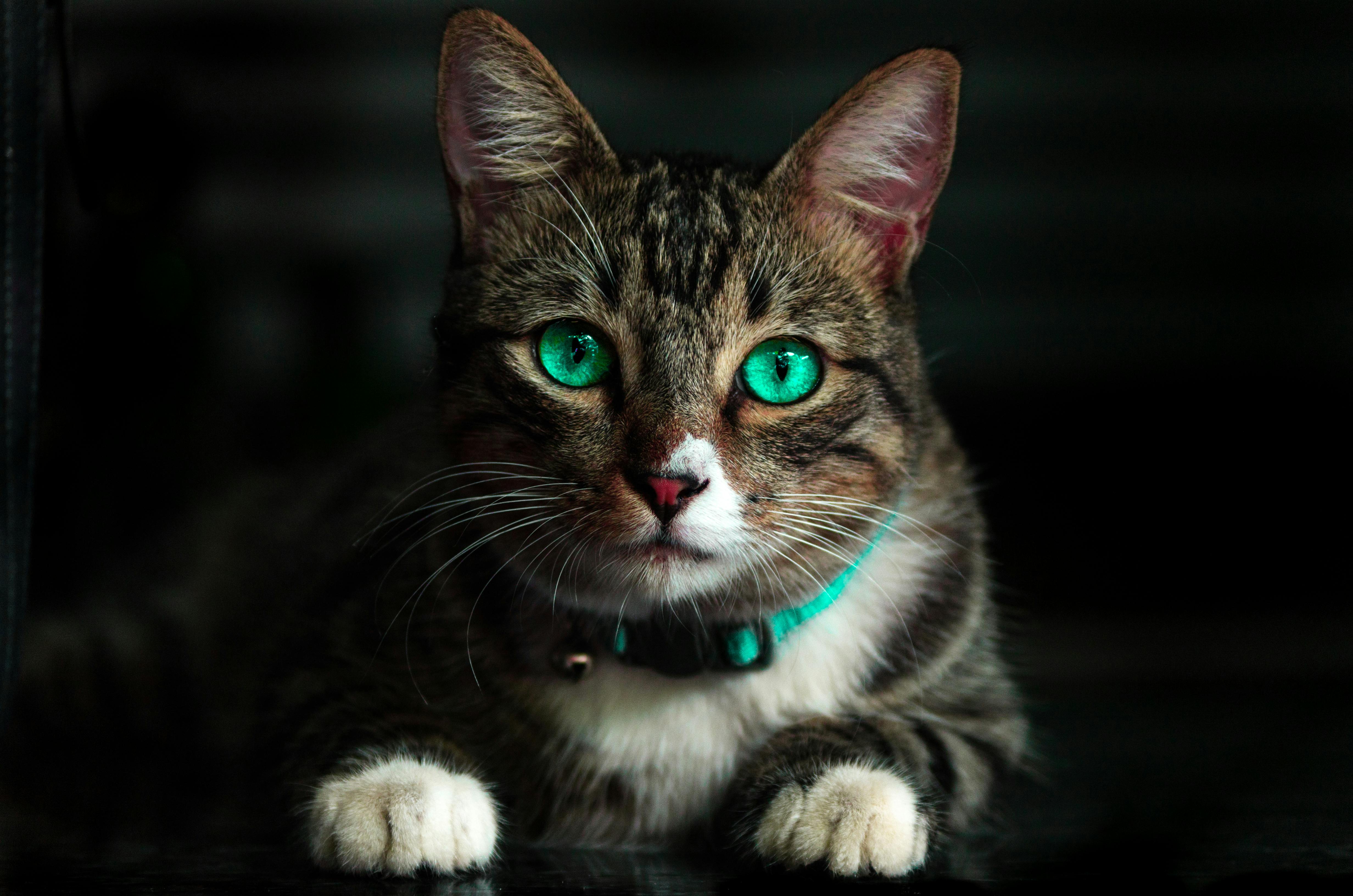 |
| Image credit: Pexels |
Cats, often known for their mysterious and enigmatic behaviors, are more emotionally intricate than they might let on. As any cat owner will attest, these captivating creatures exhibit a wide range of emotions that can be both heartwarming and puzzling. In this exploration, we'll delve into the fascinating world of feline emotions, shedding light on how our furry friends express and experience feelings.
The Language of Body Signals
While cats may not express emotions in the same way humans do, their bodies are a canvas of intricate signals. A content and relaxed cat will display half-closed eyes, a slow blink, and a softly curved body. On the other hand, a puffed-up tail, arched back, and flattened ears may indicate fear or aggression. Understanding these cues helps us decode the emotional state of our feline companions.
The Spectrum of Happiness
Yes, cats experience happiness! From purring and kneading to playful antics and cozy snuggles, these are all signs of a content kitty. The joy they find in sunbeams, warm laps, and a satisfying meal is palpable. Interacting positively with your cat through play, petting, and grooming can amplify their happiness and strengthen your bond.
The Enigma of Independence
Cats are known for their independent nature, often perceived as aloofness. However, this independence is a facet of their emotional makeup. Cats forge deep connections with their human counterparts and even form social hierarchies within multi-cat households. Observing their interactions and shared grooming rituals unveils the layers of emotional ties they weave.
Anxiety and Stress
Just like humans, cats can experience anxiety and stress. Changes in routine, new environments, or even loud noises can trigger unease. Behavioral changes like excessive grooming, hiding, or avoiding social interactions may signal emotional distress. Creating a secure and predictable environment can alleviate their anxiety and promote emotional well-being.
The Complex Mourning Process
Cats are known to mourn the loss of a fellow feline companion or even a human family member. Changes in behavior, appetite, and vocalization might occur during this period of grief. Providing extra care, routine, and companionship can help them navigate their emotions during these challenging times.
Empathy and Connection
Cats have an incredible ability to sense human emotions and provide comfort when needed. Their purring vibrations have been linked to reducing stress and anxiety, making them therapeutic companions. Cats often gravitate towards sad or ill individuals, offering a soothing presence that transcends language barriers.
The Power of Trust
Earning a cat's trust is a testament to the deep emotional bond you share. A cat that comfortably exposes its belly, a vulnerable area, demonstrates a high level of trust. The reciprocal act of gentle belly rubs can solidify the emotional connection between you and your feline friend.
In the intricate world of cats and emotions, it's essential to remember that each cat is a unique individual with its own personality and sensitivities. Understanding their non-verbal language and providing a nurturing environment allows us to connect on a deeper level. The next time your cat curls up beside you, engages in playful antics, or offers a soothing purr, know that you're witnessing their rich emotional landscape in action.
@nolacrazycatlady #cats #catsinboxes #catgrooming #grooming #blackcats #mainecoon ♬ Just the Two of Us (feat. Bill Withers) - Grover Washington, Jr.











0 Comments